It starts with a wave of sickly arousal. My head swims, I look around and I feel dizzy. Dread creeps in like nausea; This is an anxiety attack.
My ears get a little hot, often I feel flushed or sweaty. Certain sensations may become amplified like the surface of my skin feeling clammy or my hair standing on end. My mind starts to race as if I was just asked an important question and I’m put on the spot. But there is no question, nor is there an answer.
My anxiety attacks sometimes manifest as claustrophobia. My vision becomes temporarily less vivid, like the saturation is washed out of the image and I can’t focus on anything. I often experience a mild form of dissociation. It feels like I’m not all there in my body, as if I’m partially watching myself from the third person.
My brain grasps for a solution, an action that will quell this sensation. Often it’s as simple as breathing. After all these years, I still have doubts when I’m in the middle of it. Is this even real?
Sometimes I gaslight myself afterward: I think, “Was that even an anxiety attack?” Maybe I’m just stressed about something. I compare myself to others who have more severe mental health problems and deny myself credibility.
Nearly one in three adults in the U.S. are affected by an anxiety disorder. An estimated 31.1% of U.S. adults experience an anxiety disorder at some point in their lives.
A common reaction to anxiety is to self-medicate with alcohol and marijuana. I strongly advise against pickling your brain with intoxicants, as it can make matters worse.
Studies show that alcohol is known to worsen symptoms of panic, anxiety disorders and depression. The same can be true for frequent marijuana use. Alcohol can also increase cortisol levels in your body. Speaking from personal experience, both can worsen mental health in the long run.
Now let’s go over some sustainable ways of treating anxiety. Some of these solutions may sound like a cliche, but I only include them if they’ve worked for me.
Meditation
This form of treatment has gotten a lot of hype in recent years and it isn’t undeserved. There are lots of ways to meditate with or without aid.
Fortunately, there are several meditation apps on the market.
I use an app called Headspace that has hundreds of different modules with guided or unguided meditations. I’m also a fan of the soothing English accent of the app’s founder, Andy Puddicombe. Headspace is available as a free demo version, or you can purchase full access for only $10 a year with their student discount.
The Well
Recently, The Well has partnered with the meditation app Insight Timer to provide students with a free meditation on their phones. If you are interested in making a free account, go here.
Chico State offers guided meditation sessions that you can find here. The WellCat Counseling Center is also a useful resource, with guided meditation videos on its page.
Box breathing
Box breathing is a quick way to get the nervous system under control and feel grounded. Inhale, hold, exhale, hold, doing each for about four seconds. You can do this for as long as you need to. Navy seals even use this technique.
Another quick tool is the “Five Senses Exercise” also known as the “5-4-3-2-1 technique.” This grounding practice is widely regarded as one of the best quick fixes for anxiety attacks.
Go down the list by first identifying five things you can see. Then identify four things you can feel, three things you can hear, two things you can smell and one thing you can taste.
It’s alright if you can’t get every single one, the practice of focusing on your senses is more important. Another version of this is the 3-3-3 exercise; name three things you see, three things you hear and move three body parts.
Talk therapy
The Wellcat Counseling Center offers affordable options for counseling, as well as other mental health services. It is always a good idea to talk to your physician or healthcare professional, especially if you feel your needs are not getting met.
Some other tips that may help include staying hydrated, getting proper nutrition, regular exercise, social time and rest.
With finals approaching, this part of the semester can be especially stressful for many students.
It’s important to do what we can to mitigate stress and anxiety. But by the same token, it’s ok to not feel ok.
There is a strong emphasis put on presenting a positive, capable, stoic demeanor. Especially as a man, there is often unseen cultural pressure to soldier on and largely repress your emotions. To express yourself or appear vulnerable in any form is often equated with being weak.
This toxic ideology serves no one. Expressing yourself and dealing with your emotions is a normal part of being a healthy adult. Furthermore, being vulnerable is hard and takes courage, so take pride in it.
Remember to take care of yourself, breathe, allow yourself to have bad days and trust that good ones are coming.
For suicide or crisis hotline, call or text 988. You are not alone.
SAMHSA’s National Helpline – call 1-800-662-4357
National Alliance on Mental Illness (warmline) – call 1-800-950-6264 or text “helpline” to 62640
Warmlines provide emotional support that can prevent a crisis. For more hotlines and warmlines go here.
Kit Beauchamp can be reached at [email protected].




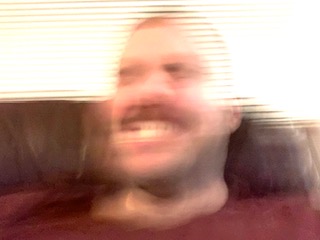
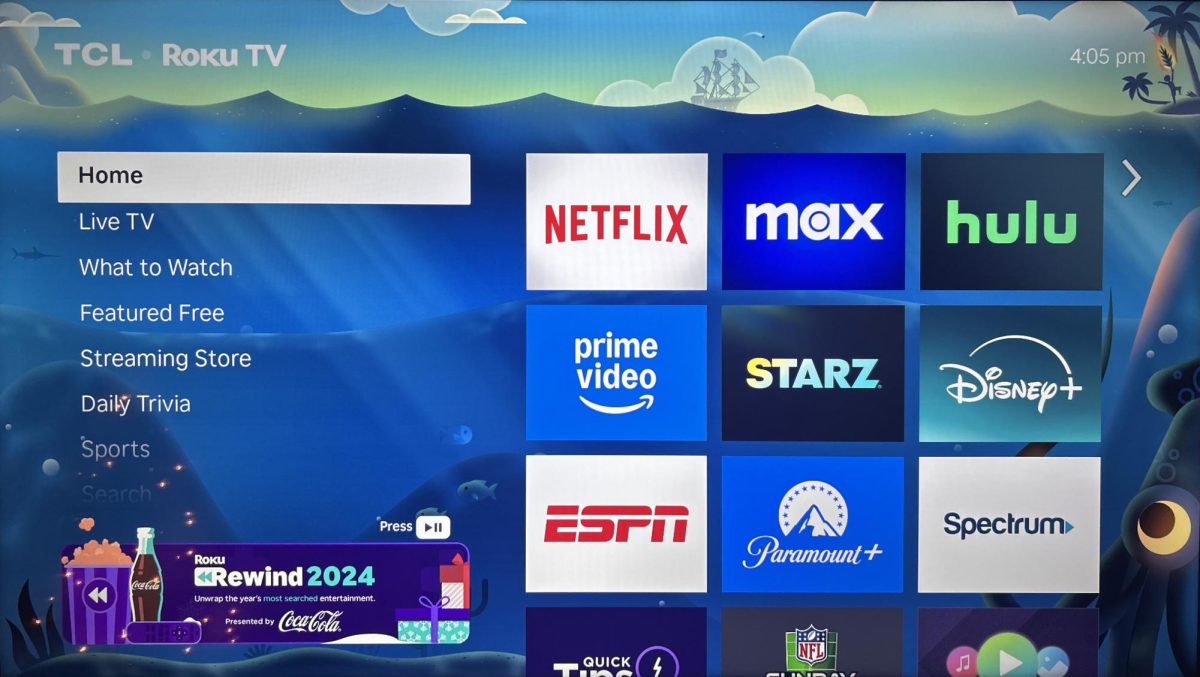
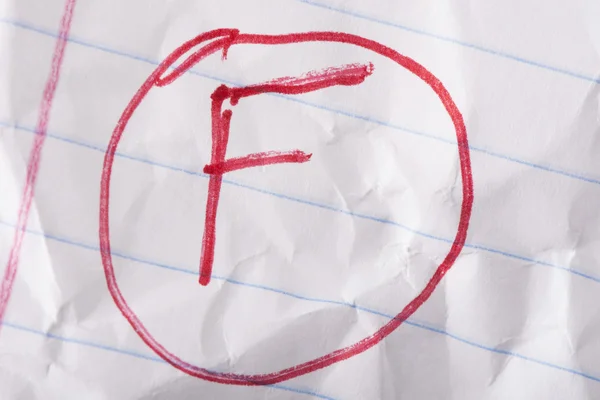
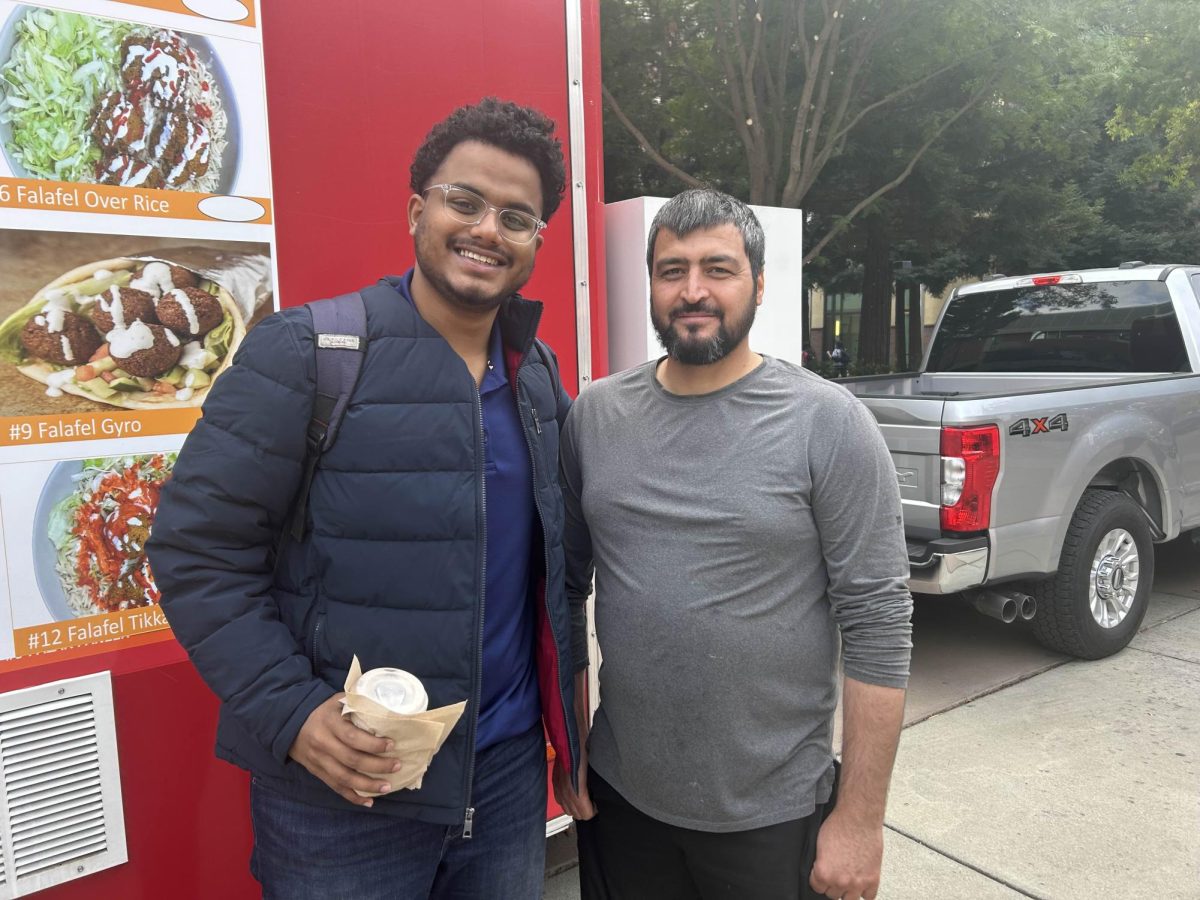
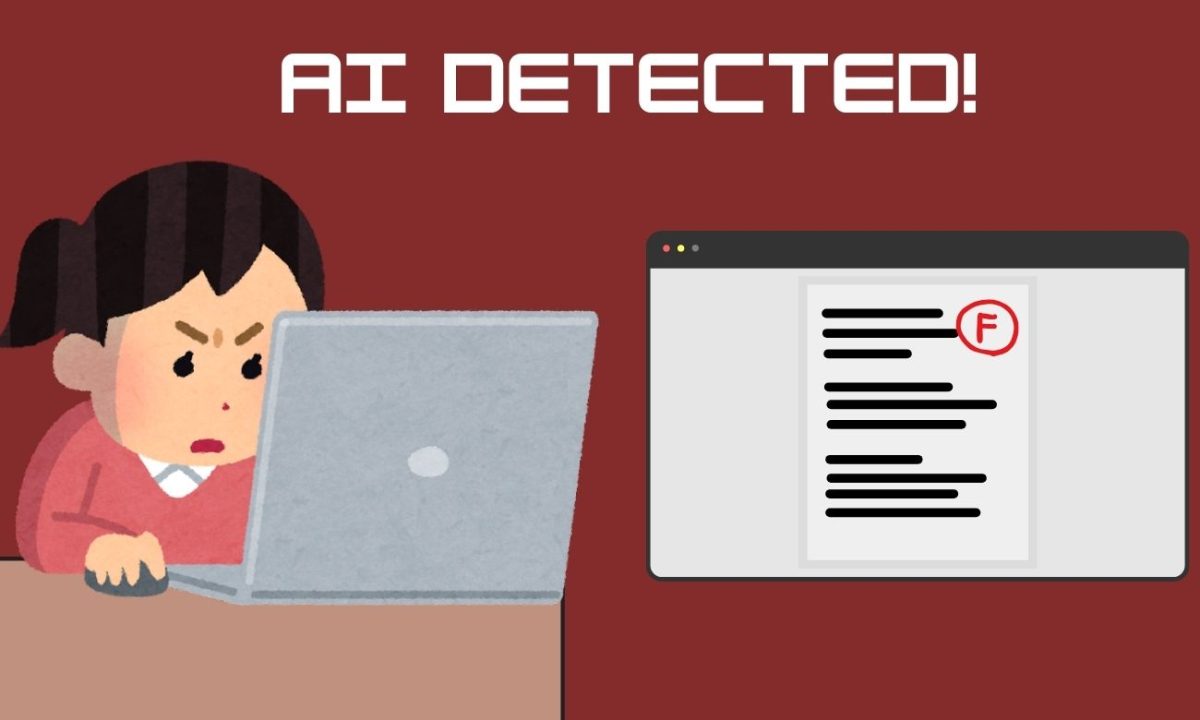

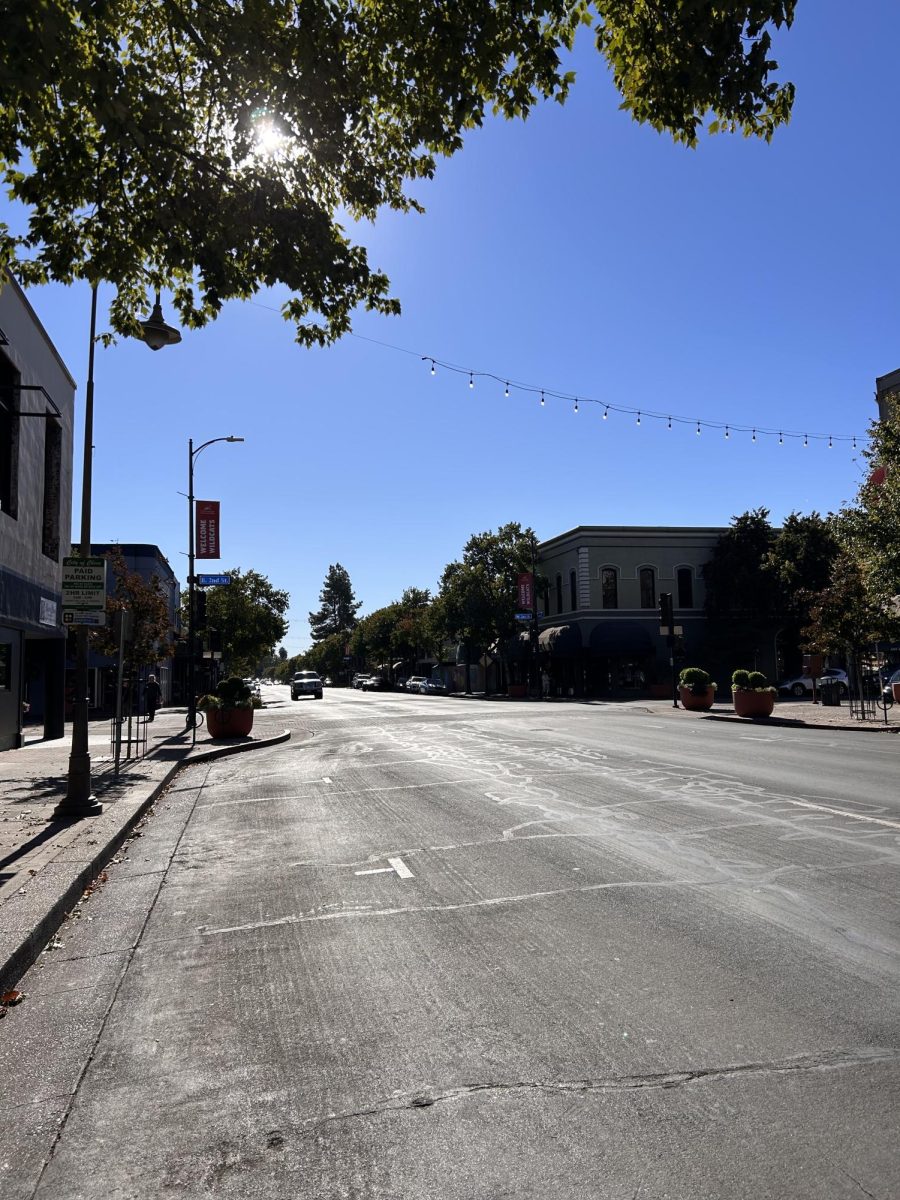
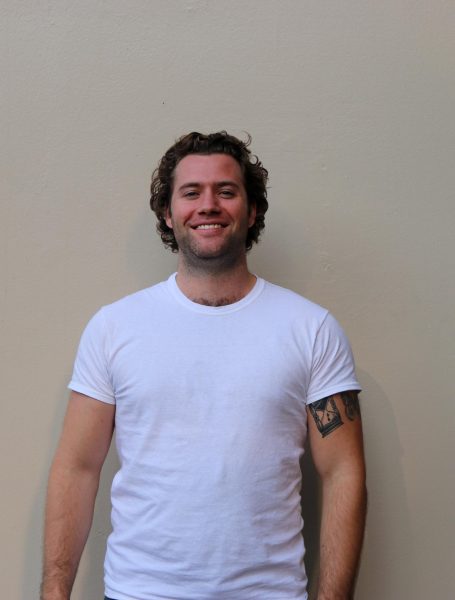
Michael // Jan 24, 2024 at 9:48 pm
I also experience anxiety attacks, so I have researched it and have been to therapy for it. In addition to relaxation techniques, such as box breathing and meditation, I find radical acceptance is useful, which for me is like “this is what the reality of the situation is.”